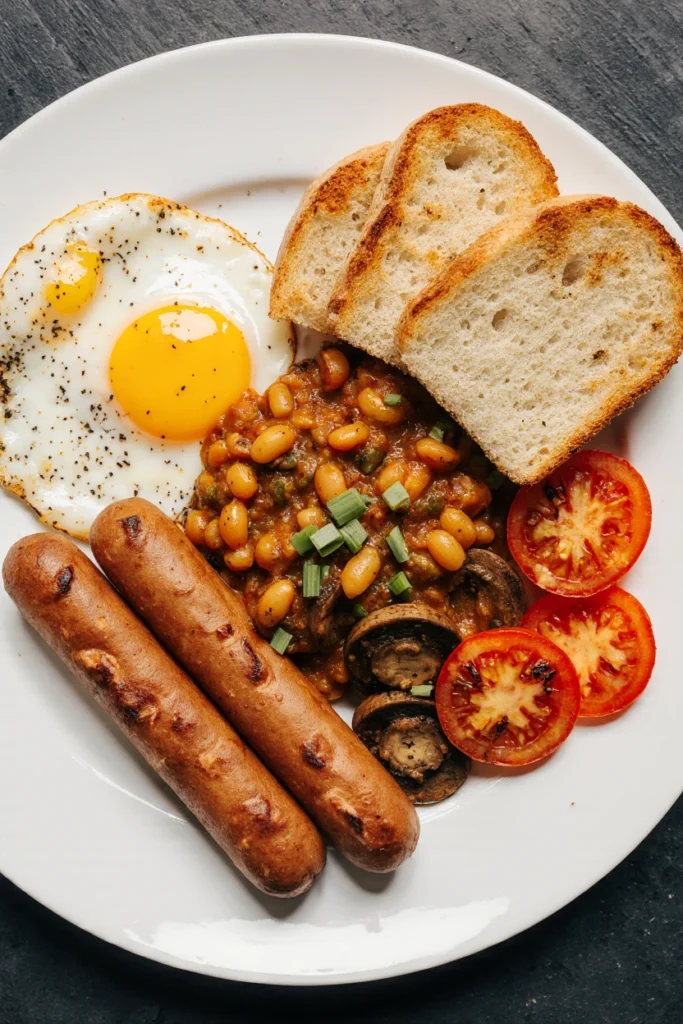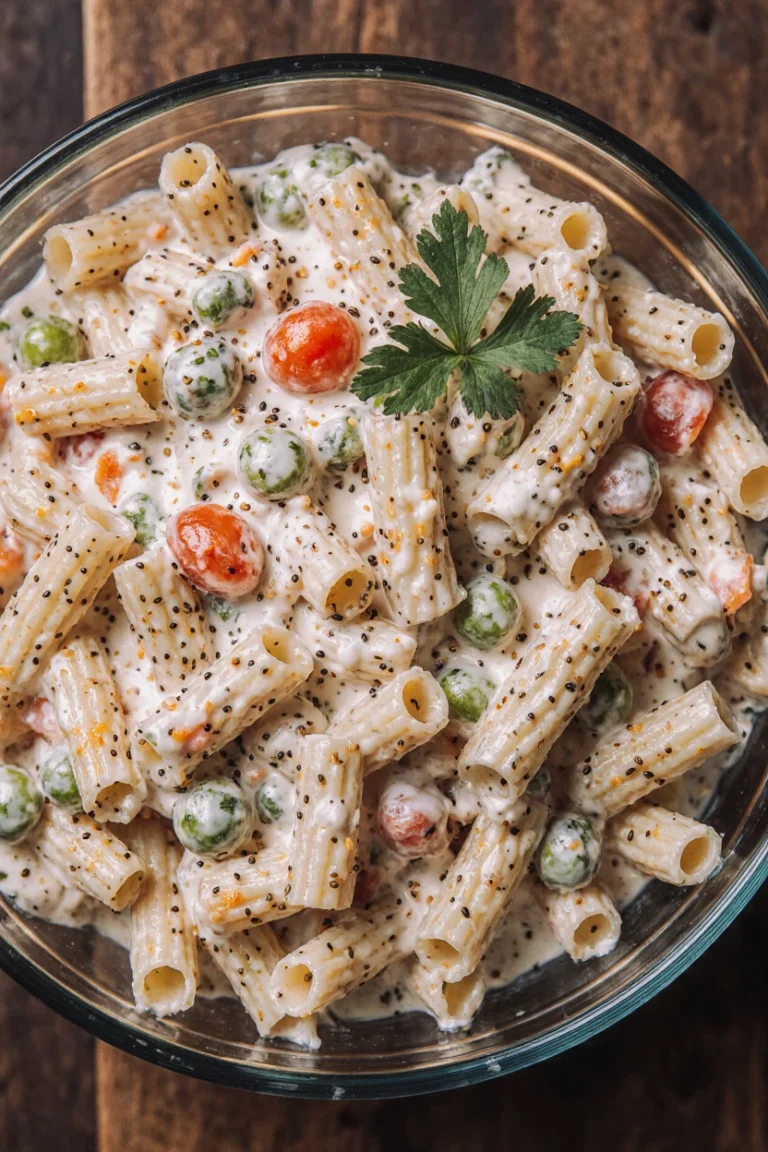How to Make a Full English Breakfast: The Ultimate Guide to a Classic Morning Feast
Have you ever wondered what elevates a classic Full English Breakfast recipe from ordinary to unforgettable? Despite its simple ingredients, achieving the perfect combination of flavors and textures can be surprisingly tricky. Many beginners struggle with balancing crispiness, juiciness, and cooking times to ensure every element shines. This comprehensive guide will help you master this beloved British dish, ensuring each bite captures the hearty, comforting essence unique to a traditional Full English Breakfast.
Table of Contents
Ingredients List
To craft an authentic Full English Breakfast, gather the following ingredients:
- 4 sausages (choose high-quality beef, chicken, or vegetarian options for variety)
- 4 eggs (free-range recommended)
- 4 large tomatoes, halved
- 8 mushrooms, cleaned and halved
- 2 cans of baked beans (vegetarian or reduced-sugar for healthier choice)
- 4 slices of bread (white, wholemeal, or gluten-free)
- 4 hash browns or homemade potato cakes
- 2 tablespoons vegetable or olive oil (for frying)
- Salt and freshly ground black pepper (to taste)
- Optional: black pudding slices or vegetarian black pudding
Dietary substitutions:
- For a vegetarian or vegan version, swap sausages for plant-based alternatives, eggs for tofu scramble or chickpea flour omelet, and use vegan-friendly bread and beans.
- Gluten-free bread can be substituted to accommodate celiac or gluten-sensitive individuals.
Timing
The key to a successful Full English Breakfast is timing – everything should be hot and ready simultaneously.
- Preparation time: 10 minutes (includes chopping and setting up ingredients)
- Cooking time: 20–25 minutes
- Total time: 30–35 minutes
Compared to other hearty breakfasts like American pancakes or French toast, this meal demands a bit more multitasking but rewards you with a balanced plate of protein, vegetables, and carbs that energize your day.

Step-by-Step Instructions Breakfast Recipe
Step 1: Prepare the Tomatoes and Mushrooms
Preheat your oven to 200°C (390°F). Place the halved tomatoes and cleaned mushrooms on a baking tray, drizzle with a little oil, and season with salt and pepper. Roast for about 15 minutes until tender and slightly caramelized. This slow roasting enhances their natural sweetness and adds depth to the breakfast.
Step 2: Cook the Sausages
While the tomatoes and mushrooms roast, heat a large frying pan over medium heat and add a splash of oil. Cook the sausages, turning frequently, for approximately 12–15 minutes until golden brown and cooked through. For even cooking, prick vegetarian sausages to prevent bursting.
Step 3: Hash Browns and Toast
In a separate pan, cook the hash browns until crispy on both sides or prepare homemade potato cakes for a fresher touch. Toast the bread in a toaster or under the grill until golden and crunchy.
Step 4: Heat the Beans
Pour the baked beans into a small saucepan and gently heat on low, stirring occasionally to avoid sticking.
Step 5: Fry the Eggs
Use the same pan where you cooked the sausages or a clean non-stick pan. Add a little oil and crack the eggs carefully to maintain whole yolks. Fry to your preferred doneness—sunny-side up is traditional but scrambled or poached can also work beautifully.
Step 6: Assemble Your Full English Breakfast
Lay out the sausages and eggs on a plate, add the roasted tomatoes and mushrooms, serve the hash browns and toast on the side, and finish with a generous helping of warm baked beans.
Chef’s tips:
- Use medium heat to avoid undercooked sausages or burnt eggs.
- Basting your eggs with a spoon of hot oil during frying encourages even cooking.
- To keep toast warm, wrap slices in foil after toasting.
Nutritional Information
A typical Full English Breakfast containing 1 sausage, 1 egg, 2 mushrooms, 1 tomato half, baked beans, 1 hash brown, and 1 slice of toast has approximately:
- Calories: 550–650 kcal
- Protein: 30–35 grams
- Carbohydrates: 50–60 grams
- Fat: 25–30 grams
- Fiber: 6–8 grams
- Sodium: 700–800 mg
Nutrition will vary considerably based on ingredient types and portions. Opt for reduced sodium baked beans and lean sausages to lower salt and fat content.
Healthier Alternatives Full English Breakfast
To enjoy a nutritious Full English Breakfast without compromising flavor:
- Swap sausages for lean, skinless chicken sausages or plant-based varieties.
- Choose low-fat or olive oil-based cooking methods instead of butter or lard.
- Use wholemeal or sprouted grain bread instead of white bread to increase fiber.
- Opt for reduced-sodium baked beans or homemade tomato and bean mixes.
- Include extra vegetables such as spinach, kale, or grilled peppers for added vitamins.
Serving Suggestions
This traditional breakfast pairs wonderfully with:
- A freshly brewed cup of English breakfast tea or a black coffee.
- Seasonal fruit such as stewed plums or grilled peaches for a sweet twist.
- A side of sautéed spinach or watercress for a fresh, peppery contrast.
- For brunch gatherings, serve alongside fresh orange juice and a variety of jams for toast.
Gluten-free, vegetarian, and vegan diners will appreciate alternative proteins and plant-based spreads.
Common Mistakes to Avoid
- Overcrowding the pan: This causes steaming, not frying, leading to soggy results—cook ingredients in batches if necessary.
- High heat misuse: Too hot and the outside burns before inside is cooked, especially sausages. Medium heat ensures even cooking.
- Neglecting moisture management: Dry mushrooms and tomatoes before roasting to prevent sogginess.
- Timing errors: Finishing one component long before others, resulting in cold food—time multitasking carefully to have everything served piping hot.
Following these tips guarantees a delicious and beautifully balanced breakfast every time.
Storing Tips
- Leftover cooked sausages, eggs, and roasted vegetables can be stored in airtight containers in the refrigerator for up to 3 days.
- To reheat, use a medium heat in a pan or microwave at 70% power to avoid drying out.
- Toast is best eaten immediately, but if storing, keep bread in a sealed container or bag to maintain freshness.
- Consider making components like baked beans or prepared vegetables in advance for quicker weekday breakfasts.
Conclusion
Mastering the Full English Breakfast recipe is all about balancing flavors, textures, and cooking times. This hearty, nutritious meal is perfect for weekend indulgence or an energizing start to the day. Ready to bring this British classic to your kitchen? Share your experiences or favorite variations in the comments below and subscribe for more delicious recipes delivered straight to your inbox!
FAQs
Q1: Can I make a Full English Breakfast Recipe vegetarian?
Absolutely! Use vegetarian sausages and replace eggs with tofu scramble or chickpea omelet. Many stores now offer delicious plant-based baked beans and black pudding alternatives.
Q2: How can I keep the toast crispy when serving?
Toast shortly before serving and if needed, keep slices warm wrapped in foil. Avoid piling moist ingredients directly on top to prevent sogginess.
Q3: What is the best oil for frying the ingredients?
Vegetable oil or olive oil are great choices that tolerate medium heat well without overwhelming flavors. Avoid butter for frying sausages due to lower smoke points but feel free to finish eggs with a bit of butter for flavor.
Q4: How long can I store leftover Full English Breakfast components?
Refrigerate leftovers in airtight containers and consume within 3 days. Reheat gently to retain moisture and texture.
Q5: Can I prep this breakfast the night before?
Yes! Prep chopped vegetables, par-cook sausages, and store components separately overnight. Cook fresh eggs and toast in the morning for best results.







